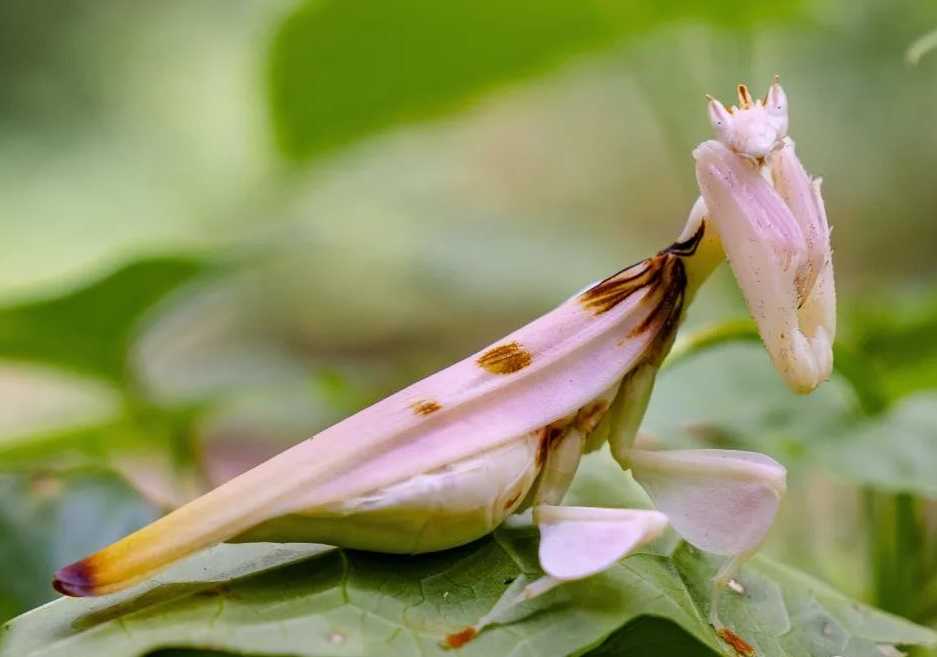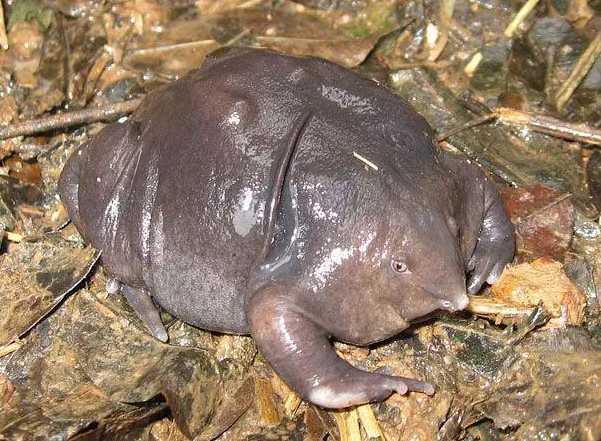
The orchid mantis (Hymenopus coronatus) stands as a marvel of evolutionary adaptation, renowned for its uncanny ability to mimic orchids—an illusion so precise it deceives both prey and observers. This species exemplifies extreme sexual dimorphism, with adult females reaching 6–7 centimeters in length, while males measure a mere 2.5 centimeters. This size disparity is matched by striking differences in appearance, making them one of the most visually distinct insect species.
Male orchid mantises have evolved petal-like forelegs, their appendages shaped and colored to resemble flower petals. Unlike females, whose bodies adopt broad, flattened forms to mimic orchid blooms, males possess slimmer abdomens and legs with delicate, pink or white hues—traits that enable them to blend into floral structures while hunting. Females, larger and more robust, often display variable coloration, from pure white to pink or purple, allowing them to match the petals of host orchids like Dendrobium and Vanda. This color adaptability is driven by specialized chromatophores in their exoskeleton, which adjust to mirror the flowers’ pigments.
Across tropical Southeast Asia, different orchid mantis species have coevolved with specific orchid species, each refining their mimicry to exploit pollinator behavior. Bees, butterflies, and flies drawn to the "bloom" are ambushed by the mantis’s raptorial forelegs. The dimorphism serves a dual purpose: females, relying on static ambush predation, benefit from larger size to capture more prey, while males, smaller and more agile, use their petal-like features to navigate flowers and seek mates. This evolutionary strategy highlights nature’s ingenuity, where survival and reproduction are intertwined with the art of disguise.





